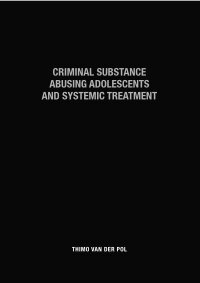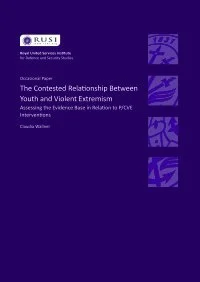By T.M. van der Pol.
Adolescents with delinquency and cannabis abuse, primarily boys, are predisposed to a variety of comorbid psychiatric psychopathology and form an intricate subgroup which is difficult to treat (Merikangas et al., 2010; Zahn-Waxler, Shirtcliff, & Marceau, 2008). Systemic treatments are considered the type of treatment which renders the most promising results in addressing the complex taxonomy of adolescents’ problem behaviours (Carr, 2009; Von Sydow, Retzlaff, Beher, Haun, & Schweitzer,2013; Waldron & Turner, 2008). Clinicians working with this group of adolescents have to deal, on a daily basis, with serious issues and have to make difficult decisions, impacting the adolescent, his/her family, and society as a whole. For the forensic research field, comprehending and grasping the complexity of these adolescents, which could generate insights and practical advises leading to improvement of care, is a tough and demanding task. This dissertation tries to inform clinical and research practice by providing insight and knowledge concerning: the common elements of systemic treatment, the effectiveness of Multidimensional Family Therapy (MDFT), and the predictive value on treatment outcome of baseline characteristics of the adolescent. This to better understand systemic treatments and to be better able to match a treatment with the individual adolescent’s psycho-social make-up.
Leiden: Leiden University, 2019. 183p.












